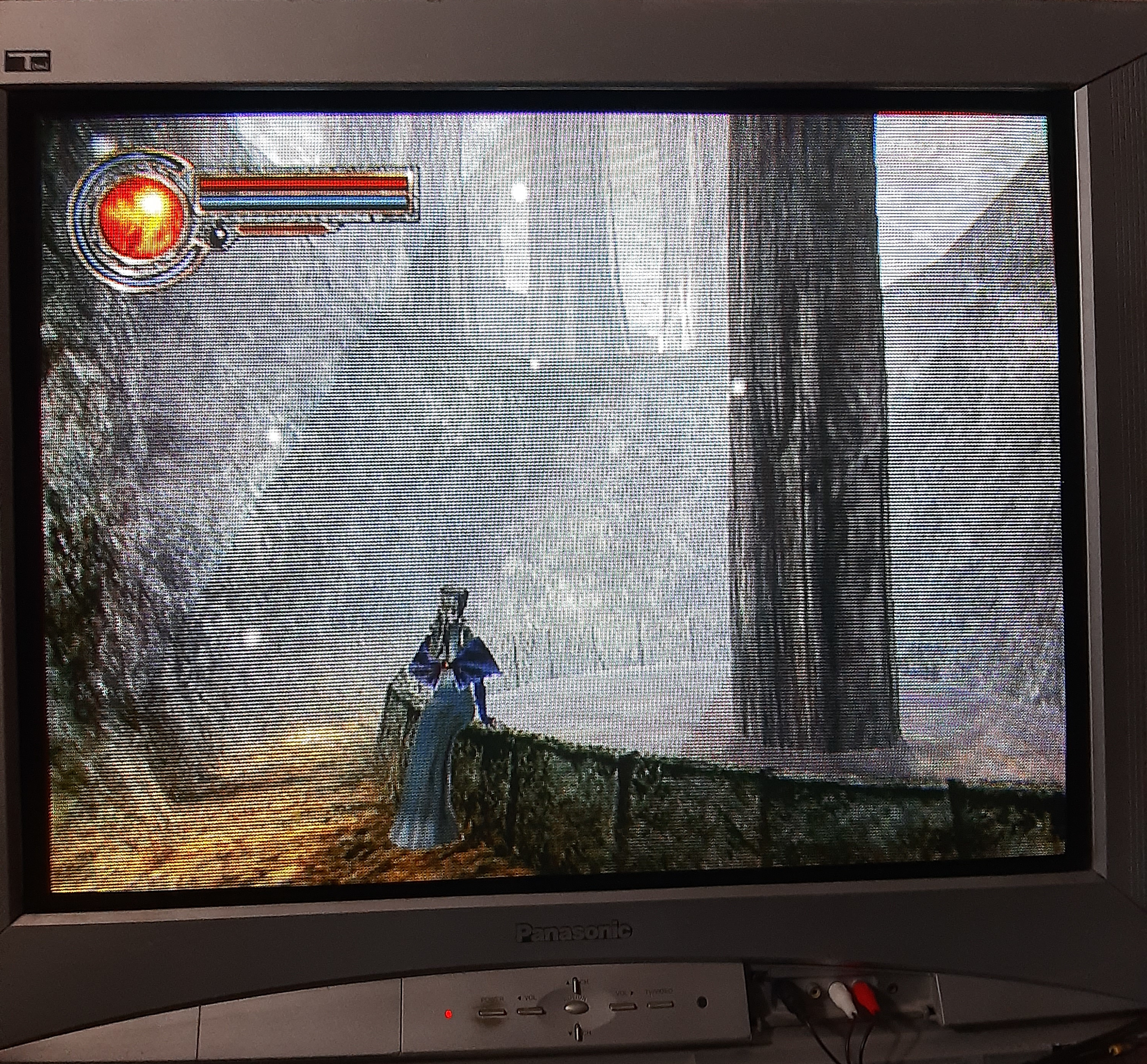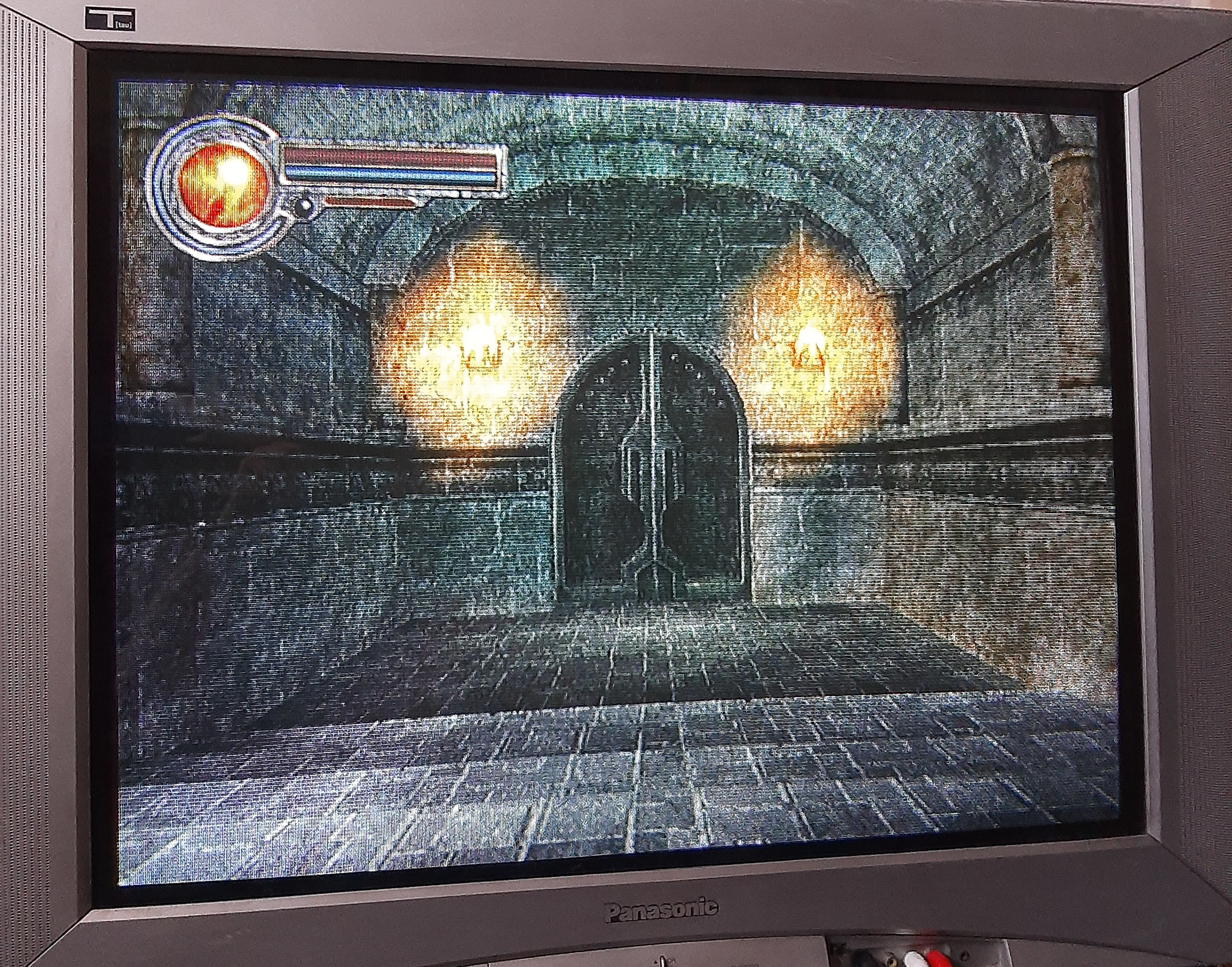King's Field IV: Spelunking the ancient city
King’s Field IV is a unique game in its console catalog. A first-person dungeon crawler, with slow movement and lacking voice acting. And it is because the developers of its studio, FromSoftware, knew what kind of game they wanted to make, their influences being so niche as the game they would end up making: the logical step forward to the 4 previous dungeon crawlers they made for the Playstation.

King’s Field IV, is, first and foremost, a game about exploration: the role-playing elements can be ignored most of the time, your character raises his attributes automatically when leveling up and there are no dialog options when talking to NPCs. The action is there but is more tactical: it’s based more in positioning and your ability to not give up the space you dominate than in your reflexes.
Yes, there are no dialog options when talking to NPCs: they only tell you what they know of the world and give you advice that you should take into account in the future. You don’t level-up per se, therefore being wary of the stats the different equipment you find in your adventure give you instead. And the combat is slow and methodical: you take a whopping 4 seconds to turn around, and so it is more convenient to trust your other senses instead to be able to place every enemy in the room or space you’re in and take positioning decisions that will reduce the damage you’ll take.
In contrast to other, relatively early exploration games like Super Metroid, any Legend of Zelda or the post-Sypmhony of the Night Castlevania games, King’s Field IV seeks to engage the player in digital archeology. And so it’s no coincidence that in North America, the title of the game was King’s Field IV: The Ancient City, this ancient city being your archeology grounds.

And archeology rewards observation: in a room, you’ll be able to see, through a window, a cell that looks to be inaccesible, which tells you that there is a possibility that there’s no way to get in through another way from outside. When going out of the room with the window, you can put yourself in front of the right wall of the shut-in cell. The observant player may sense that there’s a hidden entry on this wall.
Another example: you’ll be in a watchtower with a view to the next area of the game, The Mansion of Howling Winds, connected to your current location via a bridge. Through this view you can notice a path at the edge of the cliff where the bridge ends. When crossing it, this path is harder to notice due to the camera angles, but you know it’s there.
Y King’s Field IV rewards thoughtful observant with, yes, items of course, but also with newer areas to explore: you’ll never be lost, at least not in the bad way, there’ll be always a path you haven’t taken yet.
Everything in King’s Field IV converges for you to familiarize yourself with the world in front of you, making a mental projection of it. The maps the game gives you are pretty basic (don’t expect something like this) and there’s always the chance that you won’t find them in your run.
The fast travel system, for its part, forces you to make a decision few games force you to: were you can teleport to. If you can fast-travel to a certain point, then you won’t be able to teleport to others, not while that particular fast-travel point remains active. In the end, this compels you to always be mindful of the location of each and every one of the fast -travel points: the paths that take you to them and the areas that surround it.
Every area you will visit will be interconnected in a logic way, with the city’s tower as a central point and with no loading screens in between (not even while fast-traveling): with all of this, King’s Field IV achieves in assisting you, or rather, forcing you to build that mental image of its world.
And that mental image represents a realistic setting for archeology: there’s a decadent air in every room you enter, what was before a sacred city where different races with different professions used to live in is now its own abyss, filled with hostile creatures and, when you finally step in this ancient city, everything, from the atmosphere to the NPCs’ dialogs, will convince you to accept tacitly that you’ll probably never get out, or, at least, returning the Idol of Sorrow to its resting place won’t be easy, just like the expedition that came before you could witness.
King’s Field IV mantains an atmosphere and attention to detail seldom seen since its year of release. When you overcome the challenges of the ancient city, giving back the idol of disgrace that ravages through the kingdom, murdering the dark god that brought hell to a former sacred land, you won’t stop thinking about the crypts, foundries, forests and burghs that you came across in King’s Field IV, or at least I hope, because that’s what happened to me.